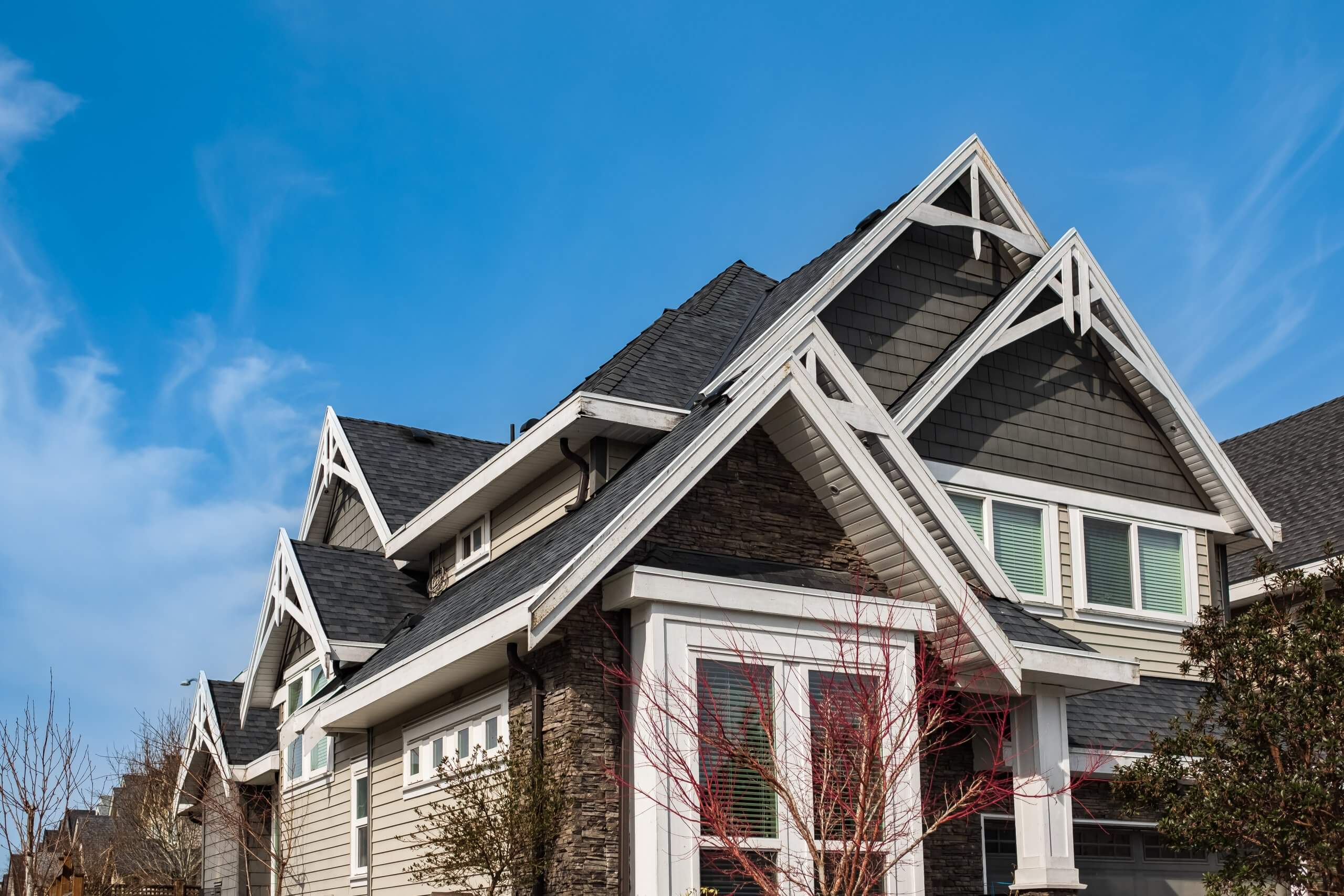
In the Chicago area, we experience a variety of seasonal weather patterns, including mild temperatures and clear skies in the spring and fall, warm summer sunshine, and chilly, frosty winters.
All of these conditions can negatively affect the health of our roofs. To keep your roof in top shape, be sure to include regular inspections on your seasonal to-do list, paying extra attention after extreme weather events.
Effects of Hot Weather on Roofs
It may not be immediately apparent, but the summer sun can cause significant damage to your roof. Often, the effects are only noticeable after a period of intense weather, such as a sudden summer storm that brings heavy rain and debris.
UV Exposure
Since many roofs are exposed to direct sunlight, they lack protection from the sun’s harsh UV rays. Over time, heat and UV exposure can cause roofs to dry out, leading to shrinkage, bleaching, and weakening of wood structures, and even cracking. Prolonged exposure to high summer temperatures can cause tiles to buckle or split and the joints between tiles to loosen.
Thankfully, a well-maintained roof, whether by the homeowner or a professional roofing company, can withstand many hot summers without significant damage. This is especially true for roofs less than ten years old and those with well-ventilated attics to help dissipate heat.
Thermal Shock
Thermal shock poses a significant threat to roofs during the summer. This phenomenon occurs when daytime temperatures soar and then rapidly drop after sunset. The drastic change in temperature and humidity can cause roofing materials, especially metal, to expand and contract within a short time frame, compromising structural integrity and sometimes leading to warping.
Effects of Cold Weather on Roofs
Colder months bring shorter days, less sunlight, frigid temperatures, and a higher likelihood of rain and snow.
Rainy Days
Rain is a common occurrence, particularly during the winter. Constant exposure to rain can wear down your roof over time. Ensure proper drainage by preventing water from pooling on flat surfaces and keeping gutters clear of leaves and debris to avoid overflows or blockages. As part of your winter roof maintenance, also ensure that downpipes are correctly positioned over drains to prevent leaks or spills that could create slippery, icy paths.
Snow Accumulation
As temperatures drop and precipitation increases, snow is inevitable. Snow does not drain as easily as water, and its buildup can add significant weight to unmaintained or older roofs. While many homeowners let the snow melt naturally, those who choose to remove it should do so with care to avoid further damage. Using a regular snow shovel can dislodge or damage tiles, and applying rock salt or other melting agents can react negatively with roofing materials, necessitating costly repairs.
If you’re concerned about snow accumulation on your roof, consult a professional roof repair company for advice on the best removal method for your property.
Icy, High-Speed Winds
Biting, icy winds can also harm your property, particularly when they result from severe weather events in other parts of the world. High winds can loosen, displace, or lift roof tiles, causing widespread damage. Regularly inspect your roof for loose or missing tiles and arrange for repairs or replacements as needed.
Roof Maintenance and Safety in Extreme Weather
When preparing your roof for harsh weather and working at height, only proceed if you’re confident in your abilities and know how to use the proper safety equipment. Falls from roofs or heights can result in severe injuries or worse. If you’re unsure about conducting inspections or maintenance yourself, it’s always safer to call in professional roofing contractors.
Steven Bennett
Related posts
Stay connected
Today's pick
- Things to Remember While Designing Your Custom Modular Kitchen in GurgaonGurgaon now known as Gurugram is the second largest city in the state of Haryana and is a reflectiossn of an ideal modern city with futuristic goals. Witnessing rapid urbanization, it has also emerged as a hub for contemporary homes, with homeowners seeking innovative and... The post Things to Remember While Designing Your Custom Modular […]

